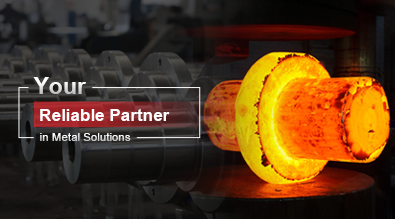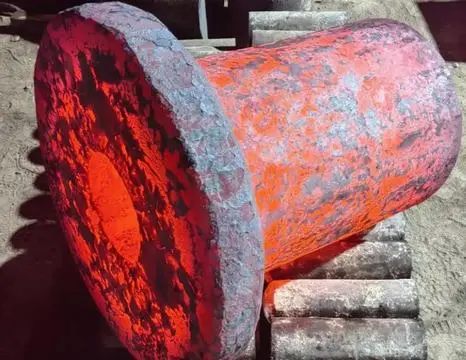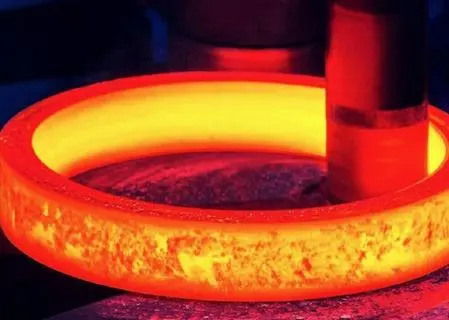The Engineering Behind Adaptive Stabilizer Rolls
Material Selection for Optimal Performance
The foundation of adaptive stabilizer rolls lies in the careful selection of materials used in their construction. Engineers utilize advanced alloys and composites that exhibit specific properties such as high strength-to-weight ratios, thermal stability, and wear resistance. These materials are chosen based on their ability to withstand the rigors of various industrial processes while maintaining their adaptive capabilities. For instance, in the oil and gas industry, stabilizer rolls may incorporate corrosion-resistant alloys to handle the harsh environments encountered in drilling operations.
Intelligent Sensor Systems
Modern stabilizer rolls are equipped with sophisticated sensor systems that continuously monitor the properties of the materials being processed. These sensors can detect minute changes in factors such as temperature, pressure, and material composition. By gathering real-time data, the stabilizer roll can make instantaneous adjustments to maintain optimal performance. This level of responsiveness is particularly valuable in industries like aerospace and automotive manufacturing, where precise control over material properties is essential for producing high-quality components.
Dynamic Adjustment Mechanisms
The ability of stabilizer rolls to adapt to changing material properties is largely due to their dynamic adjustment mechanisms. These systems utilize the data collected by sensors to make real-time modifications to the roll's pressure, speed, and alignment. Advanced hydraulic or pneumatic systems allow for precise control over the roll's position and force application, ensuring that the material being processed receives the appropriate treatment regardless of variations in its properties. This adaptability is crucial in industries such as metallurgical and mining machinery, where the composition of raw materials can vary significantly.
Applications Across Industries
Oil and Gas Sector
In the oil and gas industry, stabilizer rolls are essential components in the production of pipelines and drilling equipment. The ability to adapt to changing material properties is crucial when working with different grades of steel or composite materials used in pipeline construction. Stabilizer rolls ensure that the pipe walls maintain consistent thickness and structural integrity, even when processing materials with varying hardness or ductility. This adaptability contributes to the production of reliable and durable pipeline components that can withstand the extreme pressures and corrosive environments encountered in oil and gas extraction.
Aerospace Manufacturing
The aerospace industry relies heavily on stabilizer rolls in the production of aircraft components. These rolls are utilized in processes such as sheet metal forming and composite layup, where maintaining precise control over material properties is critical. The adaptive nature of stabilizer rolls allows manufacturers to work with a wide range of materials, from lightweight aluminum alloys to advanced carbon fiber composites. By continuously adjusting to the specific properties of each material, stabilizer rolls ensure that aerospace components meet the stringent quality and performance standards required for flight-worthy parts.
Automotive Production Lines
In automotive manufacturing, stabilizer rolls play a vital role in various stages of production, from sheet metal forming to final assembly. The ability to adapt to changing material properties is particularly important when working with advanced high-strength steels and lightweight alloys used in modern vehicle designs. Stabilizer rolls help maintain consistent material thickness and surface quality, even when processing materials with different strengths and formabilities. This adaptability contributes to the production of automotive components that meet strict safety and performance requirements while also achieving desired aesthetic qualities.
Quality Control and Process Optimization
Real-time Monitoring and Feedback
One of the key advantages of adaptive stabilizer rolls is their ability to provide real-time monitoring and feedback during the production process. By continuously collecting data on material properties and processing conditions, these rolls enable operators to identify and address potential issues before they impact product quality. This real-time monitoring capability is particularly valuable in industries such as medical equipment manufacturing, where maintaining consistent material properties is critical for producing safe and effective devices.
Predictive Maintenance Strategies
The advanced sensor systems and data collection capabilities of adaptive stabilizer rolls also facilitate the implementation of predictive maintenance strategies. By analyzing patterns in material properties and roll performance over time, manufacturers can anticipate when maintenance or adjustments may be needed. This proactive approach helps minimize downtime and ensures that stabilizer rolls continue to perform optimally, even when processing materials with widely varying properties. Predictive maintenance is especially beneficial in continuous production environments, such as those found in the food machinery and general machinery industries.
Process Optimization through Data Analysis
The wealth of data generated by adaptive stabilizer rolls provides valuable insights for process optimization. By analyzing trends in material properties and production parameters, manufacturers can identify opportunities to improve efficiency and product quality. This data-driven approach to optimization is particularly relevant in industries such as new energy equipment manufacturing and agricultural machinery, where continuous improvement is essential for staying competitive. The ability to fine-tune processes based on detailed material property data contributes to reduced waste, improved energy efficiency, and enhanced overall product performance.
In conclusion, the adaptability of stabilizer rolls to changing material properties is a critical factor in ensuring high-quality, consistent production across a wide range of industries. From the oil and gas sector to aerospace and automotive manufacturing, the ability of these rolls to respond dynamically to variations in material characteristics enables manufacturers to meet the demanding requirements of modern industrial processes. By leveraging advanced engineering, intelligent sensor systems, and real-time adjustment mechanisms, stabilizer rolls contribute significantly to process optimization and quality control. As industries continue to evolve and work with increasingly complex materials, the role of adaptive stabilizer rolls in maintaining production excellence will only grow in importance. For more information about stabilizer rolls and their applications in various industries, please contact us at info@welongpost.com.




